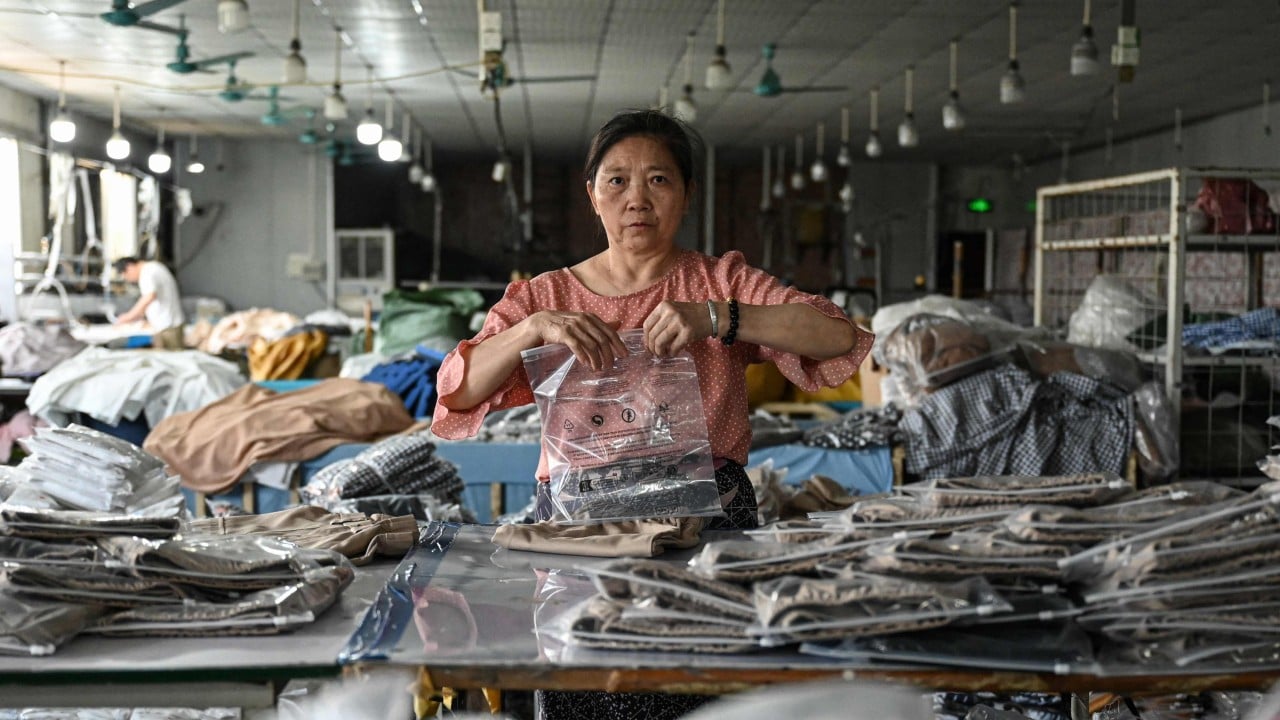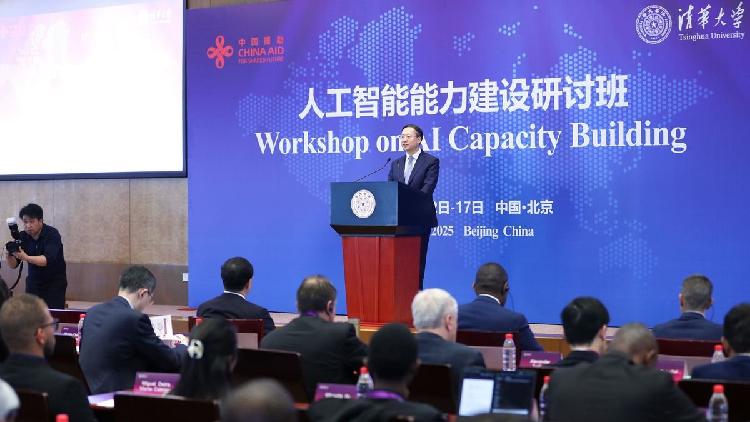
The Beiyue Temple in Quyang County was very first built throughout the Northern Wei Dynasty (386-534).
It was when a place where ancient Chinese emperors held events to provide sacrifices to the god of Hengshan Mountain.
Covering a location of over 170,000 square meters, the temple now houses a gold mine of ancient Chinese cultural and artistic relics.A view of the Beiyue Temple in Quyang County, Baoding City, Hebei Province./ CGTNA view of the Beiyue Temple in Quyang County, Baoding City, Hebei Province./ CGTNA view of the Beiyue Temple in Quyang County, Baoding City, Hebei Province./ CGTNA view of the Beiyue Temple in Quyang County, Baoding City, Hebei Province./ CGTNAfter more than 1,500 years, the temples symmetrical layout maintains an array of ancient architectural antiques, consisting of palaces, pavilions and memorial gates.
The Dening Palace, for example, is the largest and best-preserved example of Yuan Dynasty wooden architecture and the temples main building.Stone steles are seen on display screen at the Beiyue Temple in Quyang County, Baoding City, Hebei Province./ CGTNStone steles are seen on display at the Beiyue Temple in Quyang County, Baoding City, Hebei Province./ CGTNStone steles are seen on display at the Beiyue Temple in Quyang County, Baoding City, Hebei Province./ CGTNStone steles are seen on display screen at the Beiyue Temple in Quyang County, Baoding City, Hebei Province./ CGTNIn addition to its ancient architecture, the temple also protects hundreds of stone steles and stone sculptures.
The engravings on them not only tape-record the gos to by the emperors, officials and well-known individuals in addition to the temples renovations, but also serve as valuable evidence of the advancement of Chinese calligraphy.

 5
5


















